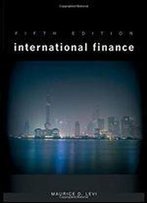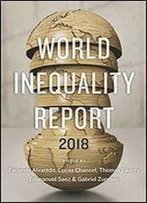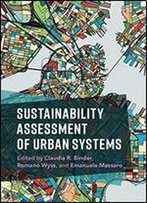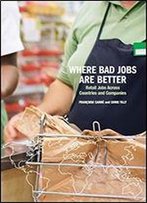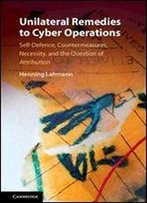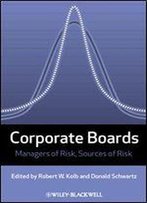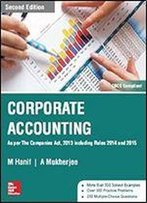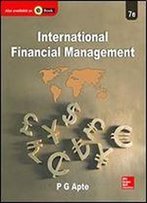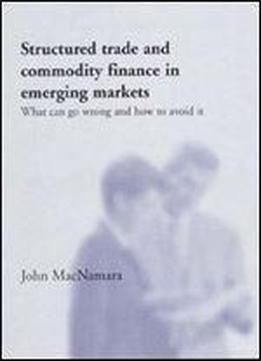
Structured Trade And Commodity Finance In Emerging Markets: What Can Go Wrong And How To Avoid It
by John MacNamara /
2001 / English / PDF
3.1 MB Download
Structured trade and commodity finance is defined as cross-border trade finance in emerging markets where the intention is to get repaid by the liquidation of a flow of commodities. It is an increasingly important area of emerging-markets lending, but its potential pitfalls have given it a poor image among parts of the financial community. However, compared to any other form of lending or investing in the emerging markets, structured trade and commodity deals have demonstrated an enviable track record of "survivability" under extreme testing. This is a comprehensive guide to the theory and practice of structured trade and commodity finance. It asks why some structured trade deals fail while others succeed, using numerous case studies to illustrate what can go wrong. It discusses risk mitigation techniques in detail and shows how to set up and maintain better structures that will ensure ultimate repayment. With an intriguing mix of expert insight, practical advice and cautionary tales, leading authority, John MacNamara gives bankers, commodity traders and other finance professionals clear guidelines for creating a successful structured trade and commodity finance product. He cautions against the "danger zone" where confidence in using the product may easily outstrip experience, and clarifies the pros and cons of the various structural components, what they actually protect against and how much use they are in a crisis. The exclusive case studies show how leading banks like KBC and Standard have kept the doors open for business in some challenging environments with great success. Similarly, candid accounts reveal how other players got it wrong, resulting in disastrous deals such as such as Sidanko, Eximcoop and Yukos. These examples illustrate what happens if the structure is not properly implemented, maintained or enforced, or not adequately structured for the type of distribution to be used to sell the deal down. This illuminating book will help you to: Grasp all the issues relating to structured trade and commodity finance Discover how to apply such structures in practice Follow the do's and don'ts of documentation Learn from the experience of others through case studies illustrating both pitfalls and opportunities Understand the problems facing the international financial system Identify and assess new investment opportunities Optimise risk composition of cross-border lending or investment Make sound decisions, minimise risk and achieve better outcomes Who should read it? This handbook provides invaluable support for banks that are already active in structured trade finance and wish to build on their success, and an authoritative guide for those considering entering the field. Among those who will benefit are: Structured trade and commodity finance departments Credit committees and trade finance functions in banks Commodity producers and traders Corporate treasurers Credit insurers International advisors
